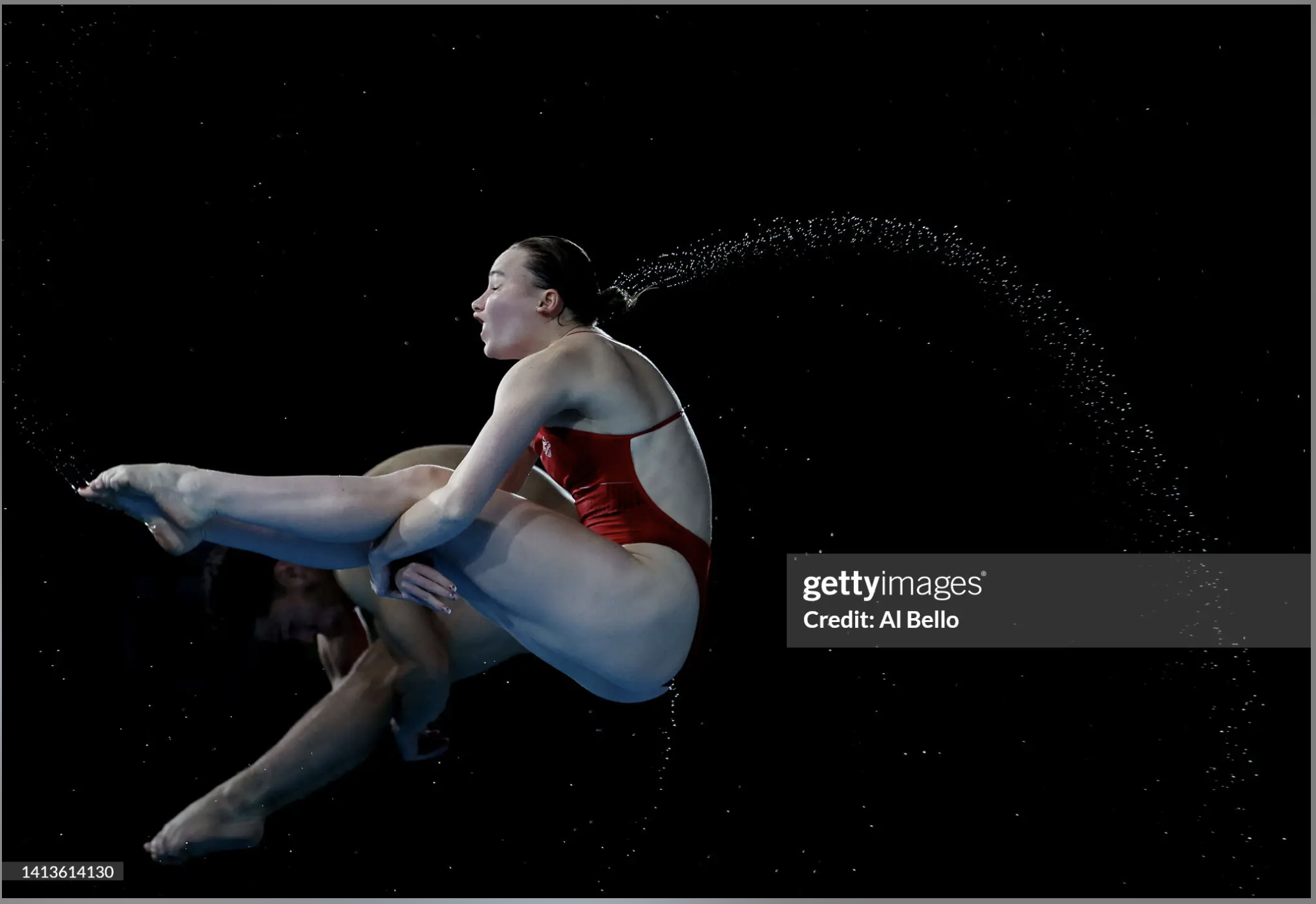Research Inspiration
Activity Instructions:
Seeking inspiration and maintaining a visual diary are vital for informing and enhancing one's photographic practice. They expose you to diverse perspectives, stimulate fresh ideas, track personal growth, foster intentionality, and cultivate a unique artistic style.
For this activity you will begin to build your own visual journal that you can refer to and continue to build throughout this subject.
Seek inspiration from books, magazines, the internet, posters, billboards, etc (at least 20 pieces)
Your inspiration should show a combination of traditional and contemporary techniques, as well as application of camera settings discussed in the learning resource
Collate inspiration into a visual diary (digital or paper-based)
Choose your top 3 favourite pieces and write an evaluation for each image.
What to include in your evaluations:
You are to “unpack” how each image was created and consider how you might be able to do something similar. To do this, consider:
Do you think they were created using traditional or contemporary techniques? If so, explain.
What props might have been used. This can be props seen in the shot to tell the story or props used to create an interesting effect or perspective (e.g. photographer might be standing on a ladder looking down at the subject, photographer might be laying on the ground shooting up through a glass table with objects on the table creating a floating like effect)
Did they use a camera setting that creates an effect e.g. slow shutter speed for blur, fast shutter for freezing, aperture for depth of field (foreground or background focus), iso to create or reduce grain/noise
Does it look like it’s shot on location or in a studio? Explain.
Discuss what the lighting is doing to the image. You do not need to know what type of lighting is being used, just look at the image and determine what angle the lighting seems to be coming from, if it’s creating hard shadows or not, etc, if it seems as though there is more than one light source.
What story is the image telling? How does it make you feel?
How could you use any of the above techniques in your own practice without professional equipment? If so, how?
1. Photograph by Astrid Kirchherr, via Govinda Gallery
Evaluation:
This image was taken by traditional techniques in 1960. The photographer, Astrid Kirchherr, likely used a fixed focal lengh lens with wide aperture (low f stop of 2.8 or less) to blur the background. This was shot on location in Astrid’s home town of Hamburg, outdoors with natural lighting. No harsh shadows would indicate it was a cloudy day. The sunlight is behind the photographer’s right shoulder. This is visible from the highlight being on the main subject’s (John Lennon;s) left cheek. The angle of the light indicates either a mid-morning or mid-afternoon shoot. The image captures the fashion of the time. The mood is strong. I believe John Lennon and the subject in the background, Stu Sutcliffe (Astrid’s boyfriend of the time), have been posed. I get a sense that John and Stu are conveying a sense of “here we are” as John stares down the barrel of the lens while Stu stands behind him, holding his guitar. Astrid has captured a strong connection with John. This image can be recreated using modern equipment such as an iPhone, by positioning the subjects in a similar manner, outside on a suitably cloudy day, and the photographer standing close to the main subject with the sun positioned over the photographer’s right shoulder, and photographed mid-morning or mid-afternoon.
2. Photograph by Michael Willson, Chief Photographer of the Australian Football League
Evaluation:
This image was taken by contemporary techniques in 2022. It is possible the photographer, Michael Willson, used a fixed focal length lens or a zoom lens, likely focal length of 400mm or more. To freeze the action the shutter speed would have been 1/1000 at a minimum. The lighting is so even, I would hazard a guess that it was photographed under lights. To allow for the fast shutter and blurred background from a wide aperture (low f stop number), the ISO would have been high(ish) - I would estimate ISO 5000. The image captures an extremely rare moment in AFL where two opposition members not only clash but their faces meet head on. This image is super-impressive to me. While all photographs capture a moment that is never to be repeated, there is something about these frozen sporting action photos that lights me up. Sporting images of this quality can only be recreated using professional equpment.
3. Self portrait by Linda McCartney
Evaluation:
This image was taken by traditional techniques of polaroid film. It is a self-portrait by photographer Linda McCartney, and it appears to have been taken indoors with strong, unfiltered sunlight coming through a window from the left of the image, highlighting the right hand side of the subject. No part of the image is particulary sharp, however there is a general focus. This does not detract - rather it adds to the feel of the image, which I find to be casual, warm, homely and also connecting with the viewer. I also find it somewhat mystical. The shape in the bottom right corner that partly obscujres the dog’s face is indistinguishable, but it is likely to be Linda’s finger. For me it creates intrigue, and sections the image into thirds. The image can be recreated using a polaroid camera.



















